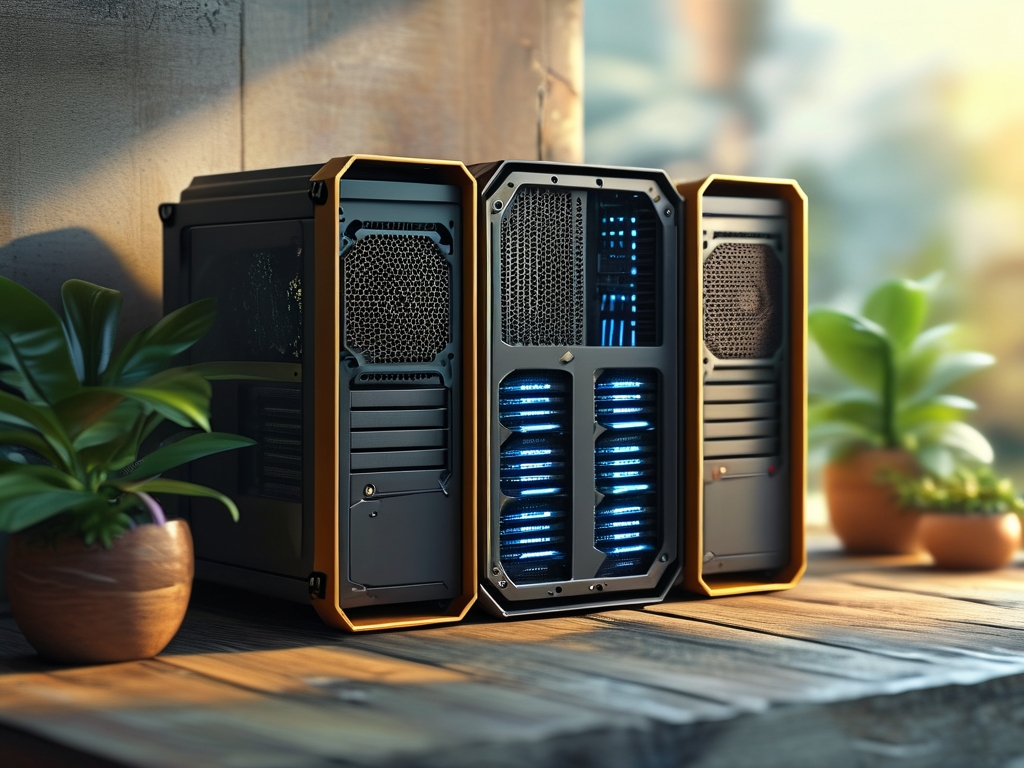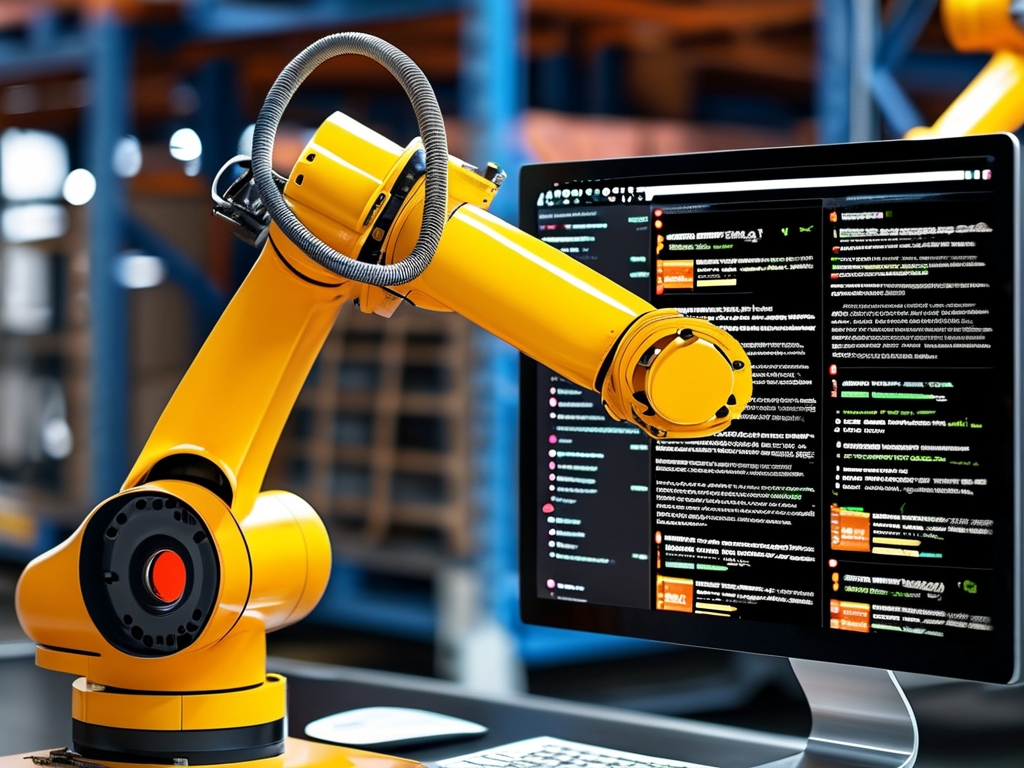In modern computing, two critical components work tirelessly behind the scenes to ensure smooth performance: the cache and the memory (often referred to as RAM, or Random Access Memory). While both serve as temporary storage for data and instructions, they differ significantly in purpose, structure, speed, and proximity to the processor. Understanding these differences is essential for optimizing system performance, designing efficient software, and troubleshooting hardware limitations.

1. Definition and Primary Roles
Cache is a small, ultra-fast storage layer positioned between the CPU and the main memory. Its primary role is to store frequently accessed data and instructions, reducing the time the CPU spends waiting for information. Modern CPUs typically include multiple cache levels (L1, L2, and L3), each balancing speed and capacity.
Memory (RAM), on the other hand, is a larger, slower storage component that holds data and instructions actively used by the CPU. It acts as a bridge between the processor and long-term storage devices like SSDs or HDDs. Unlike cache, RAM is volatile, meaning it loses its data when power is removed.
2. Speed and Latency
Cache is designed for speed. L1 cache, integrated directly into the CPU core, operates at near-CPU clock speeds, with latencies as low as 1-3 nanoseconds. L2 and L3 caches are slightly slower but still vastly outperform RAM, which has latencies ranging from 50 to 100 nanoseconds. This speed disparity arises because cache uses SRAM (Static RAM), which retains data without constant refreshing, while RAM relies on DRAM (Dynamic RAM), requiring periodic refresh cycles that introduce delays.
3. Capacity and Cost
Cache sacrifices capacity for speed. A typical L1 cache per CPU core might be 64–512 KB, while L3 cache shared across cores might reach 16–64 MB. In contrast, modern systems feature RAM capacities ranging from 8 GB to 128 GB or more. This gap exists because SRAM cells are larger and more expensive to produce. A single SRAM cell requires six transistors, whereas DRAM uses one transistor and a capacitor, making RAM cheaper per gigabyte.
4. Physical Proximity to the CPU
Cache is physically embedded within the CPU die or placed very close to it. L1 and L2 caches are often core-specific, minimizing data travel distances. L3 cache may reside on the CPU package but is still much closer than RAM modules, which are installed on the motherboard. This proximity reduces electrical resistance and signal delay, further enhancing cache performance.
5. Volatility and Data Persistence
Both cache and RAM are volatile, losing data when power is cut. However, cache contents are transient by design-they only hold data relevant to immediate CPU tasks. RAM retains active programs and data until the system shuts down or reboots, making it a temporary workspace for the operating system and applications.
6. Management and Accessibility
Cache management is automated and hardware-controlled. The CPU's memory controller decides which data to cache based on algorithms like LRU (Least Recently Used). Software cannot directly manipulate cache contents. RAM, however, is managed by the operating system, which allocates memory to processes and handles virtual memory paging. Developers can optimize RAM usage through code, but cache optimization requires low-level hardware awareness.
7. Impact on System Performance
A lack of sufficient cache can cripple CPU efficiency. For example, if the CPU frequently accesses data not cached (a "cache miss"), it must wait for RAM, creating bottlenecks. Insufficient RAM forces the system to use slower disk-based virtual memory, leading to noticeable lag. Balancing both components is key: ample RAM reduces reliance on storage devices, while larger caches minimize RAM access delays.
8. Real-World Analogies
Imagine a librarian (CPU) assisting a researcher:

- Cache is like a small desk holding the books (data) the librarian uses most often.
- RAM is the entire bookshelf in the room, containing all relevant books for the current project.
- Without a desk (cache), the librarian would waste time walking to the shelf. Without enough shelf space (RAM), books must be fetched from a distant warehouse (storage drive), slowing everything down.
9. Evolution and Future Trends
Cache and RAM technologies continue to evolve. Newer CPUs feature 3D-stacked caches and non-volatile RAM (NVRAM) prototypes, blurring traditional boundaries. Meanwhile, DDR5 RAM offers higher bandwidth, and techniques like cache partitioning aim to better serve multi-core processors. As workloads grow more complex, the synergy between cache and RAM remains pivotal for advancing computing power.
In summary, cache and memory serve complementary roles:
- Cache prioritizes speed and proximity to the CPU but is limited in size.
- RAM offers greater capacity at lower cost but slower speeds. Together, they form a hierarchical storage system that balances performance and practicality. For users, upgrading RAM can alleviate multitasking constraints, while developers and engineers must optimize software to leverage cache efficiency. As technology advances, this dynamic interplay will continue to shape the future of computing.



